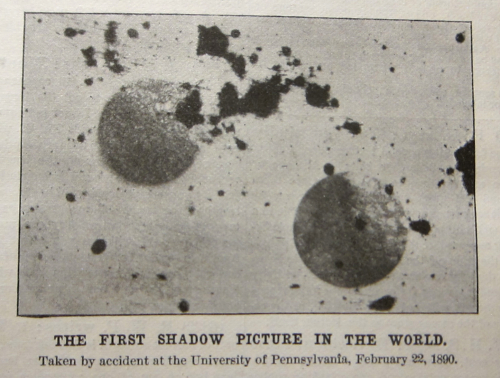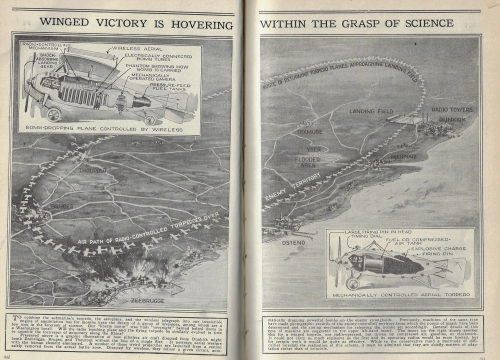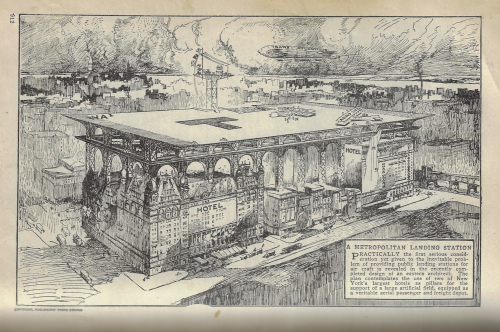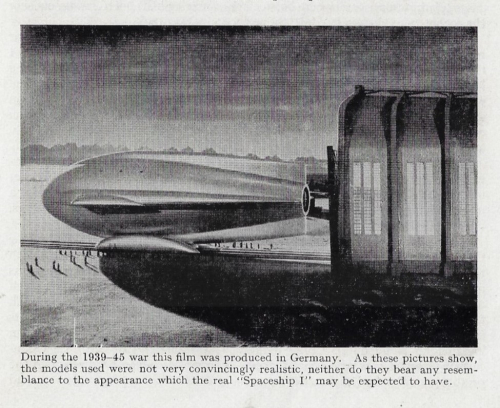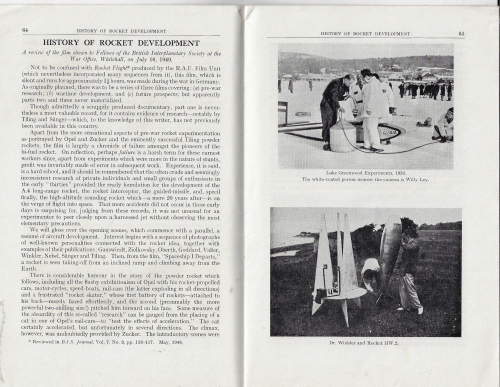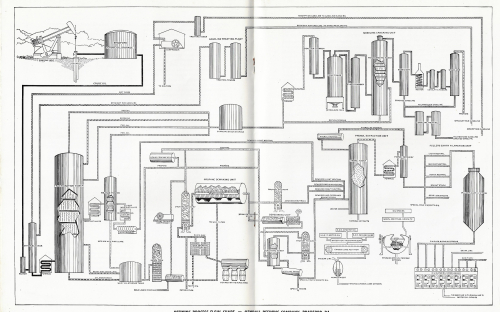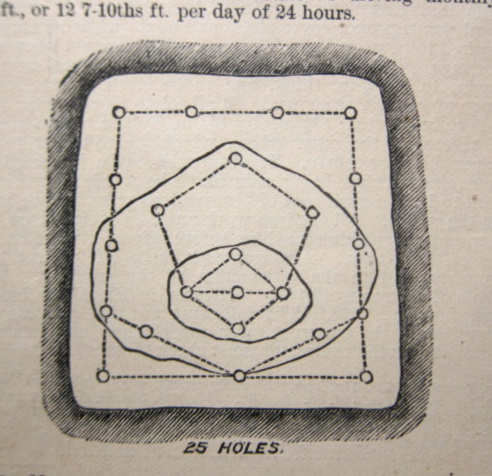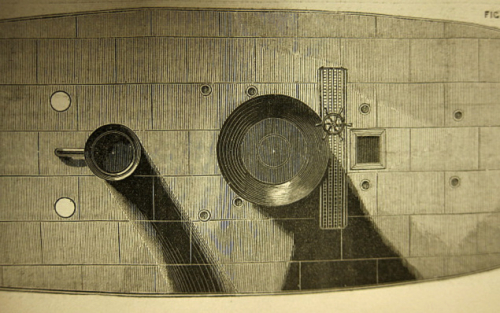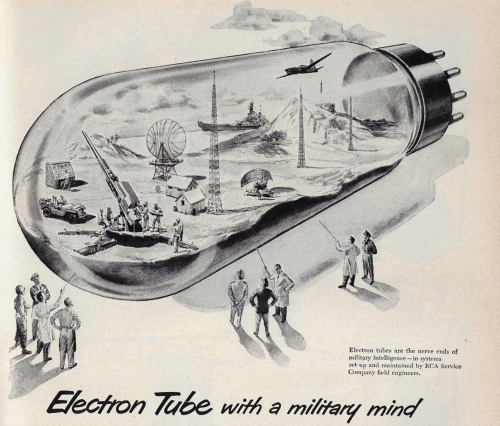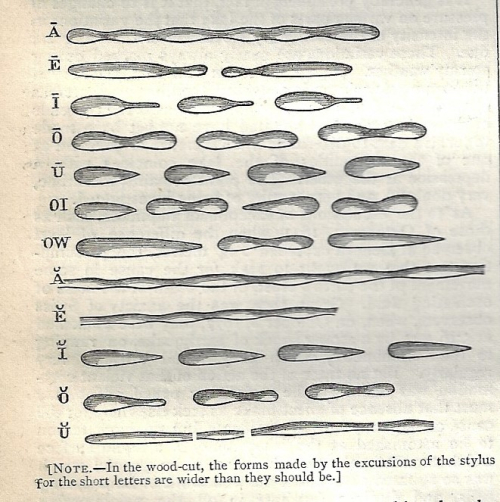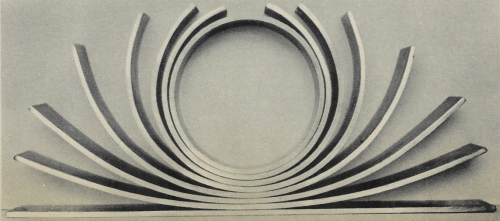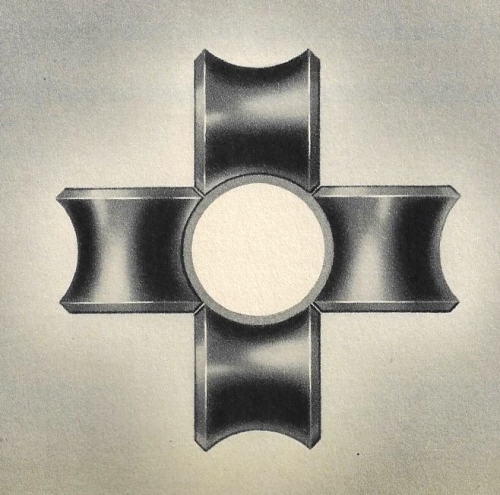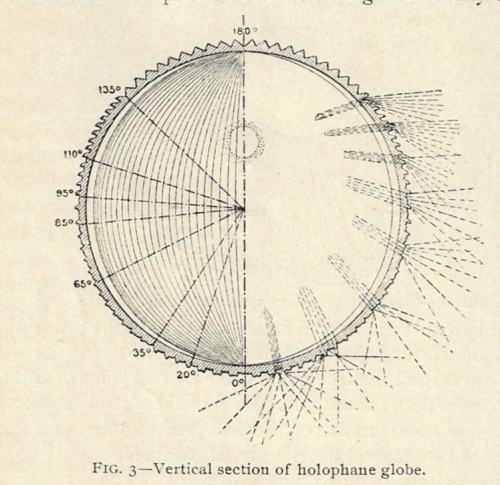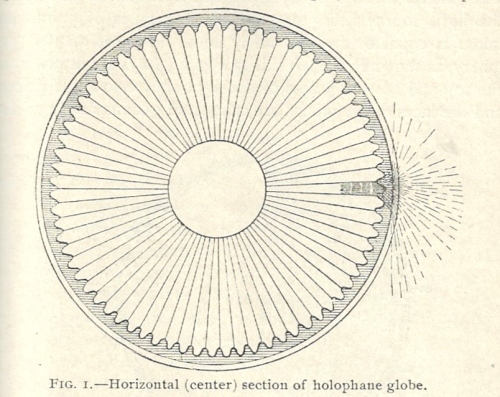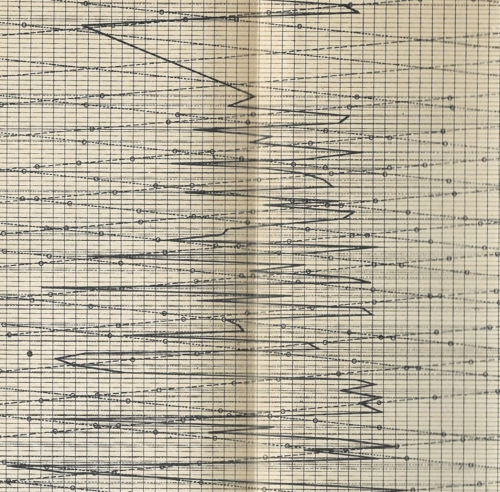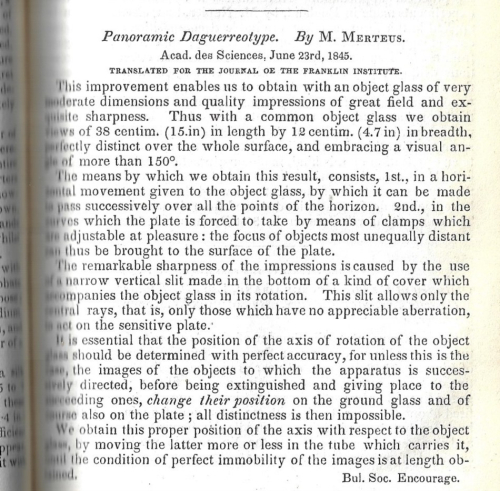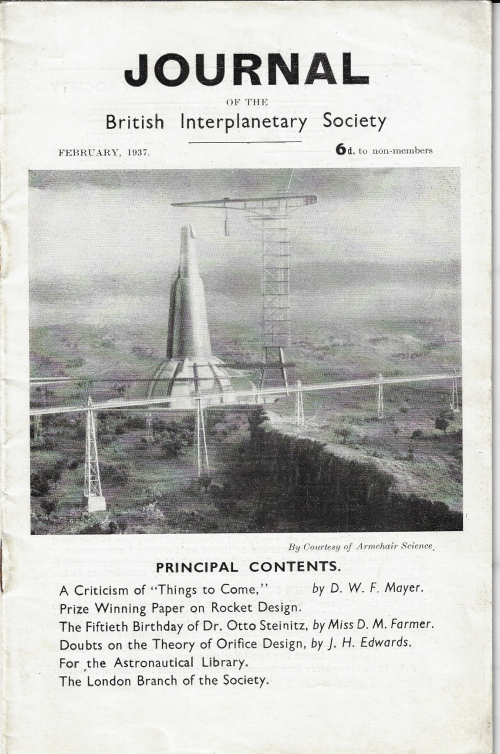JF Ptak Science Books Quick Post
In the long list of "photographic firsts" the following is a rare case--a first that wasn't a first that may have became a first, though no one recognized it as such until the true first was recognized. Huh?
This is the story of Arthur W. Goodspeed (1860-1943) and William Jennings (1860-1946) and their brief brush with immortality. While using a Crookes tube and photographing electric sparks and brush discharges in their lab at the University of Pennsylvania in 1890 they produced a photograph of unknown certainty and imagery. They did not pursue the anomaly and stowed the photographic plate away in archives. After the Roentgen discovery in 1895 and seeing the first results in early 1896 they knew exactly what it was they had photographed, and just hadn't recognized that what they were seeing was revolutionary. They retrieved and published the photograph along with their story in Science on February 14, 1896 (vol 3 #59), and a short account of the narrative was published in Scientific American on April 11, 1896, along with the photograph. To their great credit the two physicists made no claim to discovery:
- “We can claim no merit for the discovery—for no discovery was made. All we ask is that you remember, gentlemen, that six years ago. day for day, the first picture in the world by cathodic ray was taken in the Physical Laboratory of the University of Pennsylvania."
I reprint the article and the photo below.

